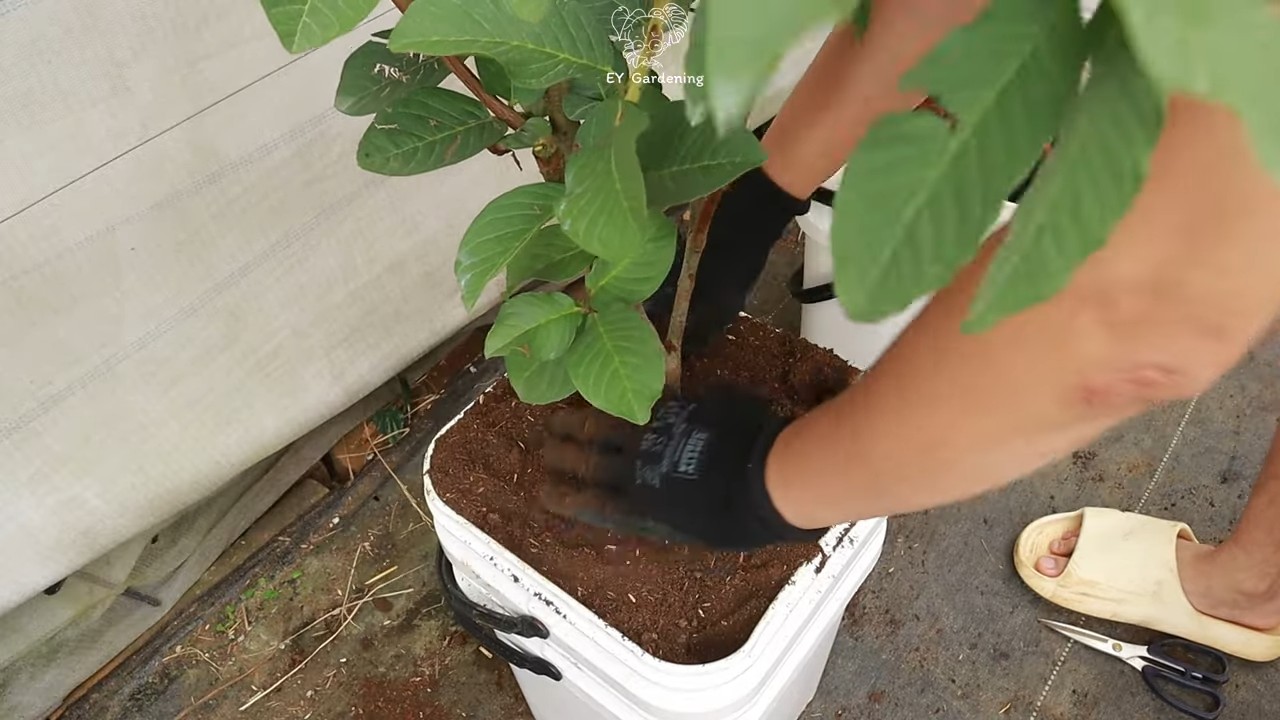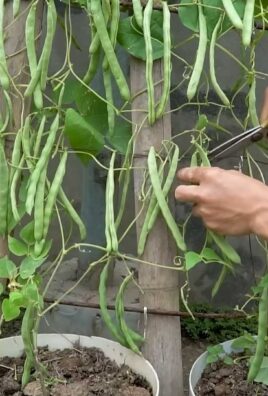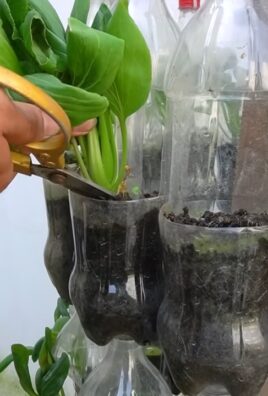Terrace Guava Tree Growing Tips: Dreaming of plucking juicy, sun-ripened guavas right from your own terrace? I know I do! Imagine stepping outside and enjoying the sweet, tropical aroma of guava blossoms, knowing that delicious fruit is just around the corner. It’s more achievable than you might think, and this guide is your passport to making that dream a reality!
Guava trees have a rich history, deeply rooted in tropical and subtropical cultures worldwide. Originating in Central America, they’ve been cultivated for centuries, prized for their delicious fruit and medicinal properties. From traditional remedies to culinary delights, the guava has played a significant role in various societies. Now, you can bring a piece of that history to your own home.
But why should you bother with growing a guava tree on your terrace? Well, besides the obvious benefit of fresh, organic fruit, it’s incredibly rewarding! In today’s world, where we’re increasingly conscious of where our food comes from, growing your own produce offers a sense of connection and control. Plus, it’s a fantastic way to add a touch of greenery and beauty to your outdoor space. This DIY guide provides simple, effective terrace guava tree growing tips that will help you overcome common challenges and enjoy a bountiful harvest, even in limited spaces. Let’s get started and transform your terrace into a guava paradise!

#ERROR!

Conclusion
So, there you have it! Growing a thriving guava tree on your terrace might seem like a tropical dream, but with these simple yet effective DIY tricks, it can become a delicious reality. We’ve covered everything from selecting the right variety and container to mastering the art of pruning and pest control. But why is this DIY approach a must-try? Because it empowers you to cultivate fresh, flavorful guavas right at your doorstep, offering a rewarding experience that connects you with nature and provides a sustainable source of healthy fruit.
Imagine stepping onto your terrace and plucking a sun-ripened guava, its sweet aroma filling the air. That’s the magic you can unlock with a little effort and the right knowledge. Plus, growing your own guava tree allows you to control the growing environment, ensuring your fruit is free from harmful chemicals and pesticides. You’ll know exactly what goes into nurturing your tree, resulting in healthier and tastier guavas.
But the benefits don’t stop there. A guava tree adds a touch of tropical beauty to your terrace, creating a vibrant and inviting space. It can also provide shade and attract beneficial insects, contributing to a healthier ecosystem in your urban environment.
Ready to take your guava growing to the next level? Consider experimenting with different guava varieties to find your favorite flavor profile. Pink guavas, white guavas, and even lemon guavas offer unique tastes and textures. You can also try grafting different varieties onto a single tree for a diverse harvest.
Another variation to explore is companion planting. Certain herbs and flowers can deter pests and attract pollinators, creating a symbiotic relationship that benefits your guava tree. Marigolds, basil, and lavender are excellent choices for companion plants.
Don’t be afraid to get creative with your container gardening. Use repurposed materials like old tires or wooden crates to create unique and sustainable planters. Just make sure your container provides adequate drainage and is large enough to accommodate the growing root system of your guava tree.
Ultimately, the key to success is observation and adaptation. Pay close attention to your guava tree’s needs and adjust your care routine accordingly. Monitor the soil moisture, watch for signs of pests or diseases, and prune regularly to maintain its shape and promote fruit production.
We’re confident that with these DIY tricks, you’ll be well on your way to enjoying a bountiful harvest of homegrown guavas. So, grab your gardening gloves, gather your supplies, and embark on this exciting journey.
We encourage you to try these terrace guava tree growing tips and share your experiences with us! Let us know what worked best for you, what challenges you encountered, and any tips you’ve discovered along the way. Your feedback will help us refine these techniques and empower other gardeners to succeed. Share your photos and stories on our social media channels using #TerraceGuava and #DIYGuava. We can’t wait to see your thriving guava trees!
Frequently Asked Questions (FAQ)
1. What is the best variety of guava to grow on a terrace?
The best guava variety for terrace gardening depends on your climate and personal preferences. However, dwarf varieties like ‘Red Indian’ or ‘Allahabad Safeda’ are generally recommended because they are more compact and suitable for container growing. These varieties also tend to be more prolific fruit producers, even in smaller spaces. Consider your local climate and choose a variety that is known to thrive in your region. Researching the specific needs of each variety, such as sunlight requirements and cold tolerance, will help you make the best choice for your terrace garden. Remember to check with your local nursery for recommendations on varieties that are well-suited to your area.
2. How big of a container do I need for a guava tree?
A mature guava tree needs a fairly large container to accommodate its root system. Start with a container that is at least 24 inches in diameter and 24 inches deep. As the tree grows, you may need to transplant it into a larger container, eventually reaching a size of 36 inches or more. The container should have adequate drainage holes to prevent waterlogging, which can lead to root rot. Choose a sturdy container made of durable material like plastic, terracotta, or wood. Consider the weight of the container when filled with soil and the mature tree, as it can become quite heavy. Using a container with wheels can make it easier to move the tree around your terrace.
3. How often should I water my guava tree?
Watering frequency depends on several factors, including the climate, the size of the container, and the age of the tree. Generally, you should water your guava tree when the top inch of soil feels dry to the touch. During hot, dry weather, you may need to water daily or even twice a day. In cooler, wetter weather, you may only need to water once a week or less. Avoid overwatering, as this can lead to root rot. Ensure that the container has good drainage to prevent water from pooling at the bottom. Observe your tree closely for signs of underwatering or overwatering, such as wilting leaves or yellowing foliage. Adjust your watering schedule accordingly to keep your guava tree healthy and thriving.
4. What kind of fertilizer should I use for my guava tree?
Guava trees benefit from regular fertilization, especially during the growing season. Use a balanced fertilizer with a ratio of 10-10-10 or 14-14-14. Apply the fertilizer according to the manufacturer’s instructions, typically every 2-3 months during the spring and summer. You can also supplement with organic fertilizers like compost, manure, or bone meal. These organic amendments provide essential nutrients and improve soil health. Avoid over-fertilizing, as this can burn the roots and damage the tree. Monitor your tree for signs of nutrient deficiencies, such as yellowing leaves or stunted growth, and adjust your fertilization schedule accordingly. A soil test can help you determine the specific nutrient needs of your guava tree.
5. How do I protect my guava tree from pests and diseases?
Regularly inspect your guava tree for signs of pests and diseases. Common pests include aphids, mealybugs, and fruit flies. You can control these pests with insecticidal soap, neem oil, or by introducing beneficial insects like ladybugs. Diseases like anthracnose and guava wilt can also affect guava trees. Prevent these diseases by ensuring good air circulation, avoiding overwatering, and pruning away any infected branches. Use a copper-based fungicide to treat fungal diseases. Practice good sanitation by removing fallen leaves and fruit from around the tree. If you suspect a serious pest or disease problem, consult with a local arborist or agricultural extension agent for advice.
6. How do I prune my guava tree?
Pruning is essential for maintaining the shape, size, and productivity of your guava tree. Prune your tree in late winter or early spring, before new growth begins. Remove any dead, damaged, or diseased branches. Thin out the canopy to improve air circulation and sunlight penetration. Prune back long, leggy branches to encourage bushier growth. You can also prune to shape the tree and control its size. Remove any suckers that grow from the base of the tree. Use sharp, clean pruning shears to make clean cuts. Avoid pruning too heavily, as this can stress the tree. Regular pruning will help your guava tree produce more fruit and stay healthy.
7. How long does it take for a guava tree to bear fruit?
The time it takes for a guava tree to bear fruit depends on the variety, the age of the tree, and the growing conditions. Generally, guava trees grown from seed can take 3-5 years to bear fruit. However, grafted guava trees can start producing fruit in as little as 1-2 years. Provide your guava tree with optimal growing conditions, including plenty of sunlight, well-drained soil, and regular fertilization, to encourage fruit production. Pruning can also help stimulate fruit production. Be patient, and your guava tree will eventually reward you with a bountiful harvest of delicious fruit.
8. Can I grow a guava tree indoors?
While it’s possible to grow a guava tree indoors, it can be challenging. Guava trees need plenty of sunlight, so you’ll need to provide supplemental lighting if you don’t have a sunny window. The tree will also need a large container and regular pruning to keep it manageable. Indoor guava trees may not produce as much fruit as those grown outdoors. If you choose to grow a guava tree indoors, select a dwarf variety and provide it with the best possible growing conditions. Be prepared to invest time and effort to keep your indoor guava tree healthy and productive.
9. What are the signs of overwatering a guava tree?
Overwatering is a common problem that can lead to root rot and other issues. Signs of overwatering include yellowing leaves, wilting leaves, and stunted growth. The soil may also feel soggy and waterlogged. If you suspect that you are overwatering your guava tree, reduce the frequency of watering and ensure that the container has good drainage. You may also need to repot the tree into fresh, well-draining soil. Avoid letting the tree sit in standing water.
10. How do I know when my guavas are ripe?
Ripe guavas will have a fragrant aroma and a slightly soft texture. The skin color will also change, depending on the variety. Some guavas turn yellow or pink when ripe, while others remain green. Gently press the fruit; if it yields slightly to pressure, it is likely ripe. You can also





Leave a Comment